Family & Spirituality
Family & Spirituality
Freedpeople of the Sea Islands forged a new life for themselves with equality as a central principle.


Emancipation in the Sea Islands meant the reunion of families once separated by sale under slavery and the opportunity for freedpeople to exercise religious freedom. Freedpeople created family records, legalized their marriages, and founded new churches.
Family Life
Slavery tore countless families apart. Marriages of enslaved people had no standing under the law. Enslaved parents had no legal control over their children's fate. Husbands could not protect their wives and children from abusive masters, or from being sold away from them at any time.

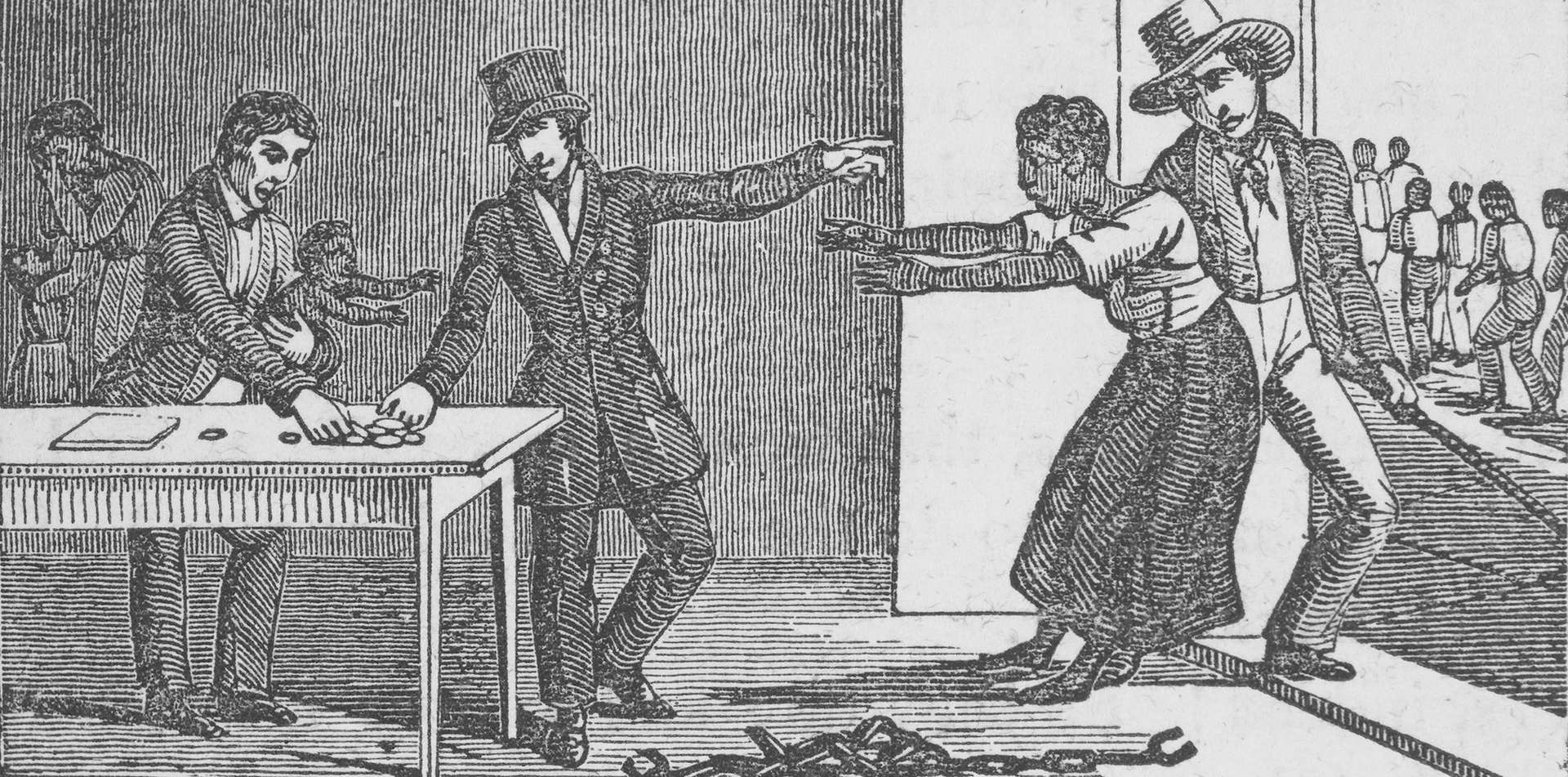
Schomburg Center for Research in Black Culture, Manuscripts, Archives and Rare Books Division, The New York Public Library. New York Public Library Digital Collections
To the slave mother New Year’s Day comes laden with peculiar sorrows. She sits on her cold cabin floor, watching the children who may all be torn from her the next morning; and often does she wish that she and they might die before the day dawns.
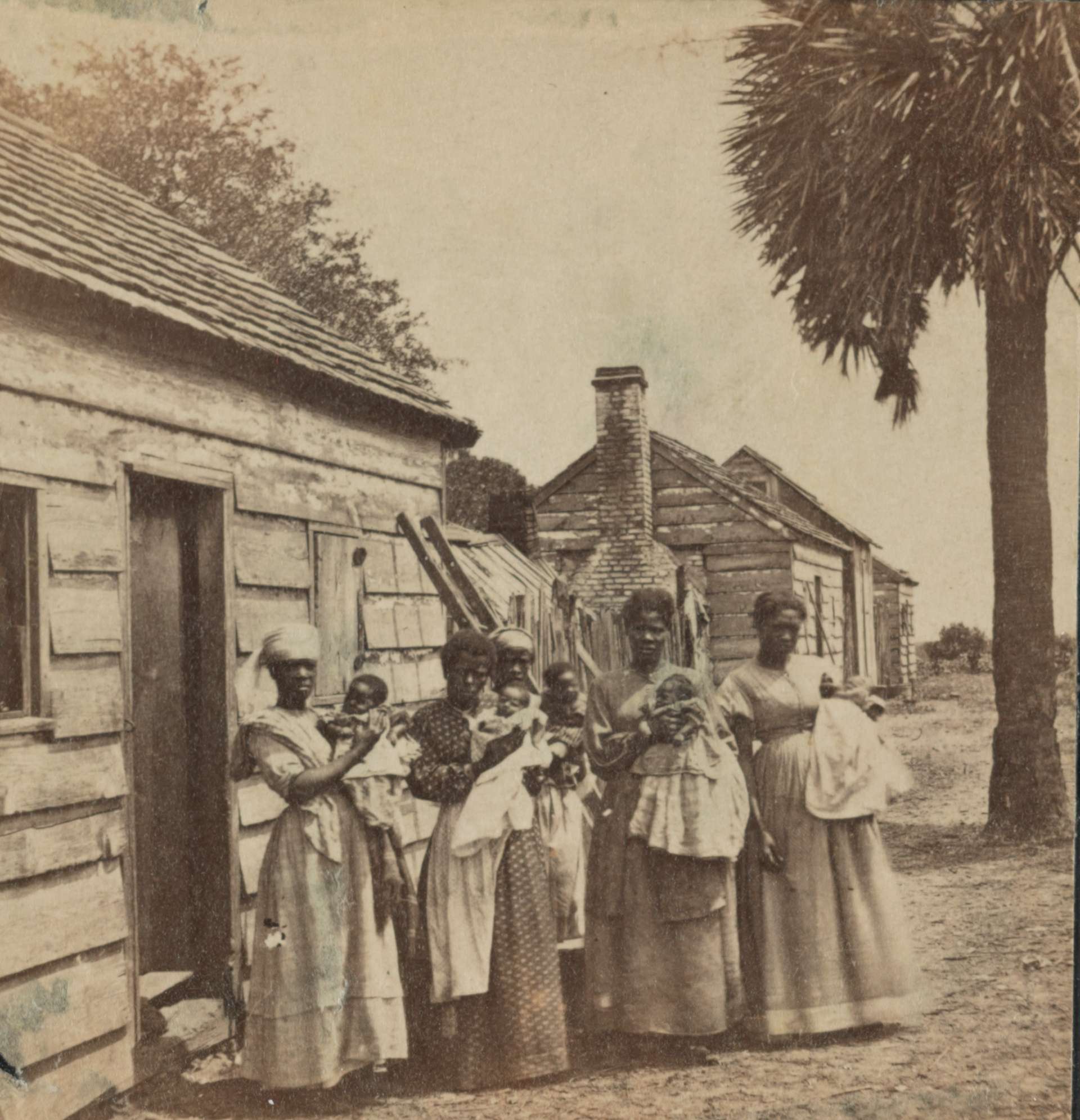
Hubbard & Mix, photographer. Negro quarters, T.J. Fripp plantation, St. Helena Island near Beaufort, S.C. South Carolina United States Saint Helena Island, 1863. Library of Congress
After the war, many long-time couples visited Freedmen’s Bureau offices to have their marriages formally recognized. As soon as they gained freedom, formerly enslaved parents demanded custody of their children. Many freedpeople searched for years for lost family members.
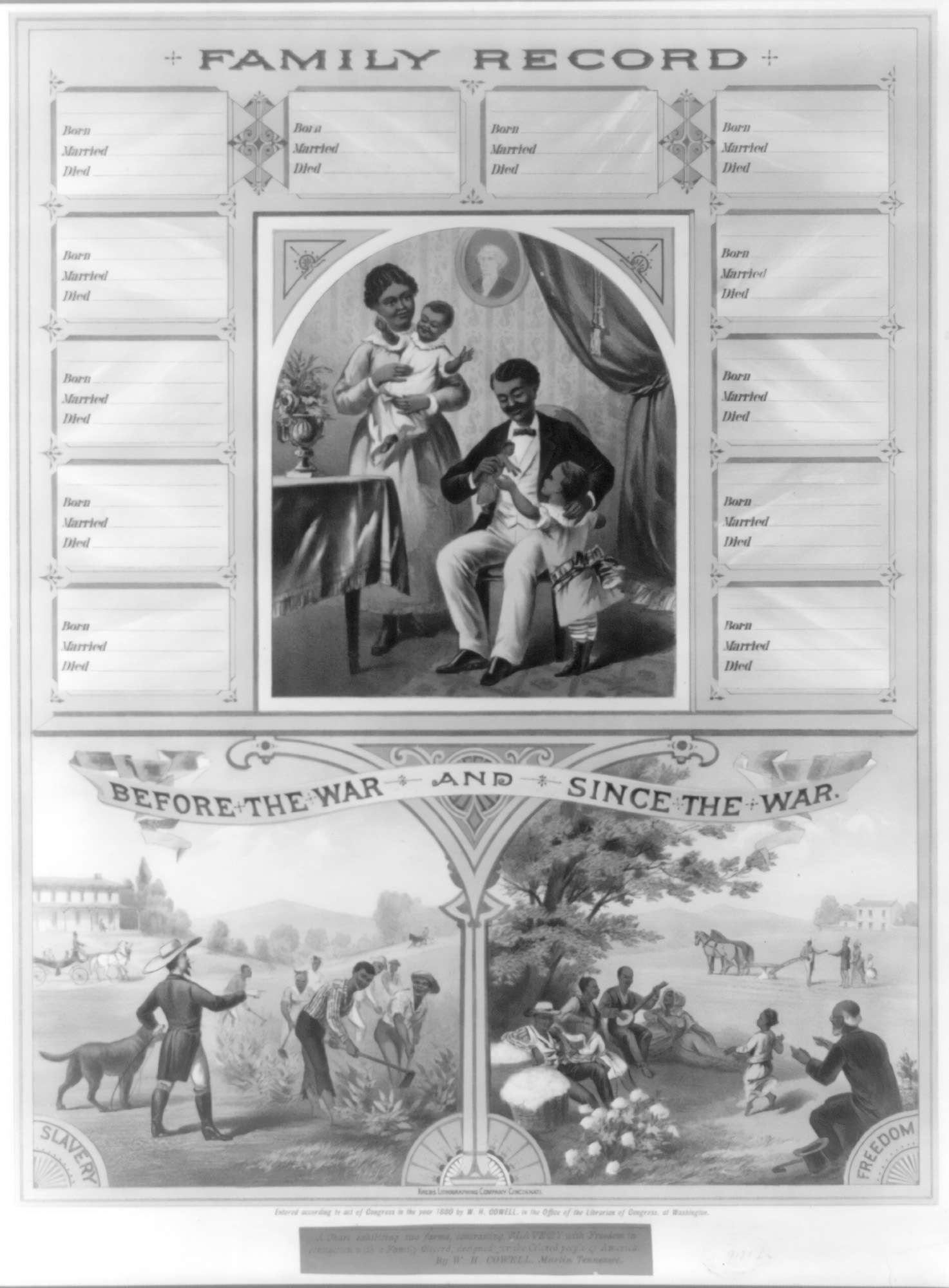
Krebs Lithographing Company. Family record. Before the war and since the war / Krebs Lithographing Company, Cincinnati. United States, ca. 1880. Photograph. Library of Congress
In the town of Beaufort, freedpeople took advantage of the new technology of photography to aid in their searches. At the Hubbard and Mix Photography and News Depot they could have their pictures taken and order cartes de visites—small cards bearing their name and image. They deposited these cards in places their lost loved ones (or someone who knew them) might see them.

App Stop
In the Free & Equal mobile app, you see the Hubbard and Mix studio emerge in its original location in downtown Beaufort. The app allows you to closely examine the "cartes d’ visite" that were used to find lost relatives and announce one’s freedom. Stop 9 on the mobile app, download it now to check it out.
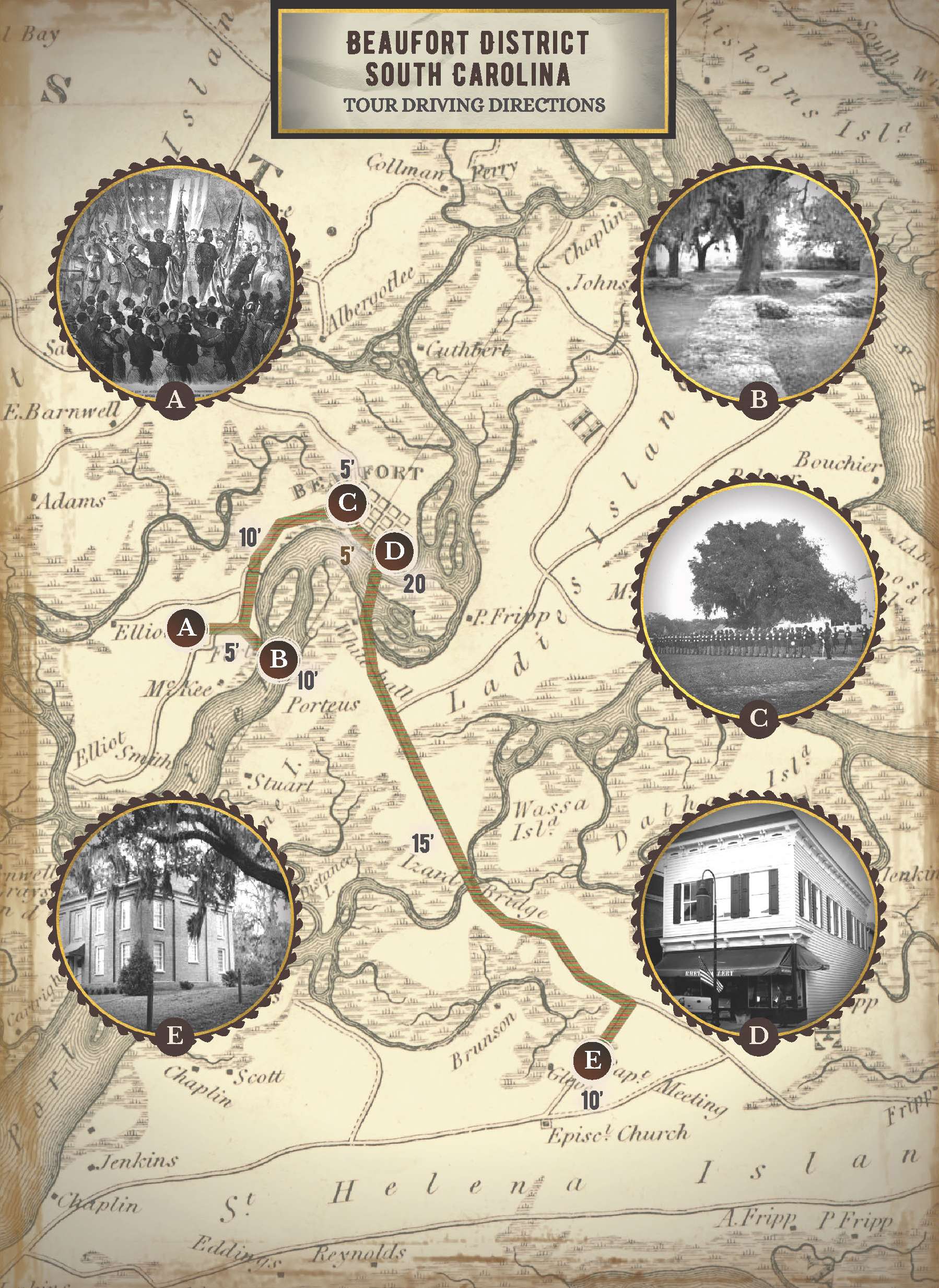
To download the mobile app visit freeandequalproject.com
Spiritual Life
Under slavery, Black worshippers were segregated from whites, and forced to listen to white preachers use the Bible to justify slavery. After emancipation, freedpeople eagerly exercised their freedom by building or forming their own churches. These churches played key roles in education, political activism, and civic life, and they remain central to Black communities today.


Schomburg Center for Research in Black Culture, Photographs and Prints Division, New York Public Library Digital Collections
Several congregations formed in the Sea Islands during and after the Civil War. After slaveowners fled the area, Black worshippers established the First African Baptist Church and Queen (Quinn) Chapel A.M.E. Church in Hilton Head.
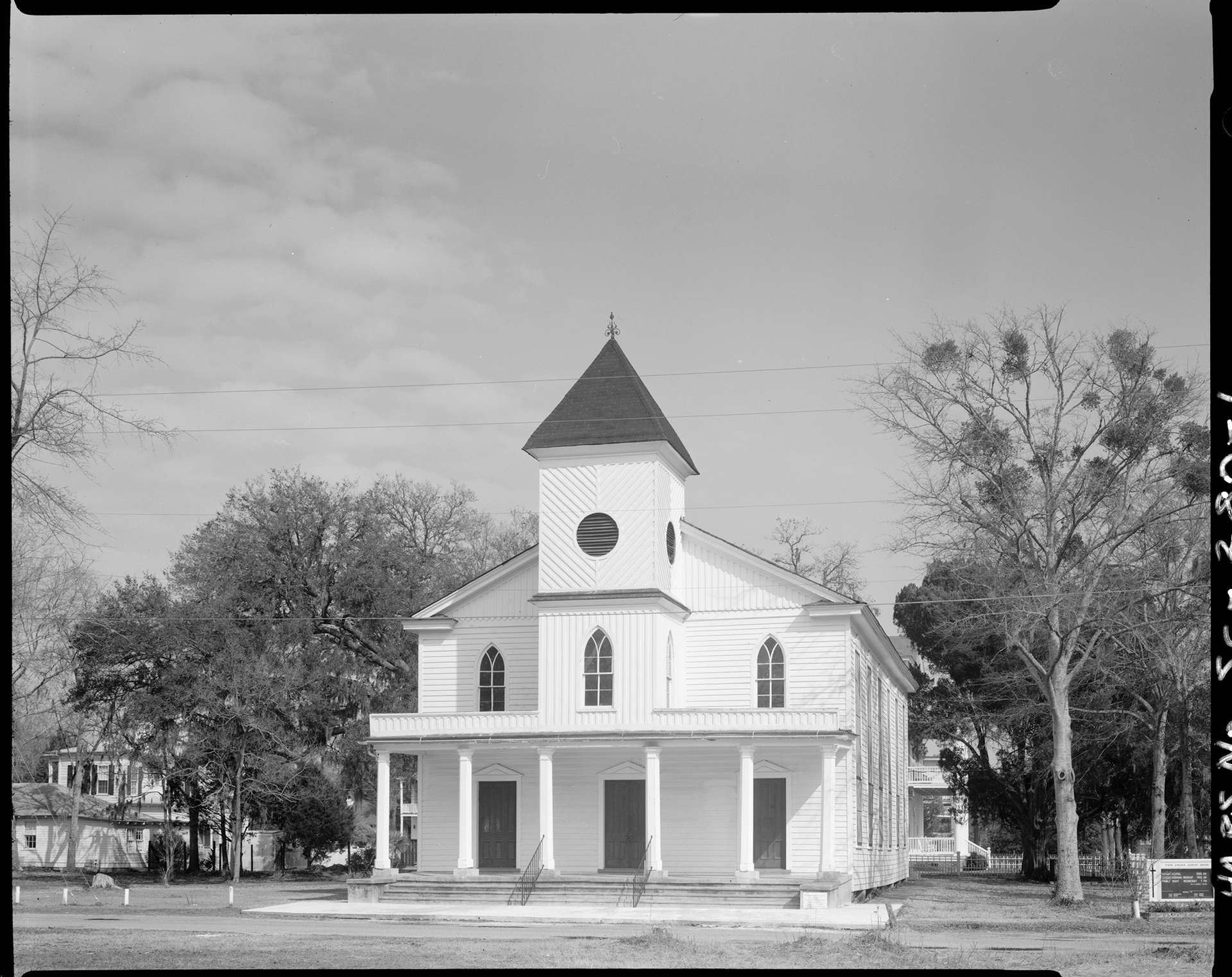
Historic American Buildings Survey, Creator. Photograph. Library of Congress
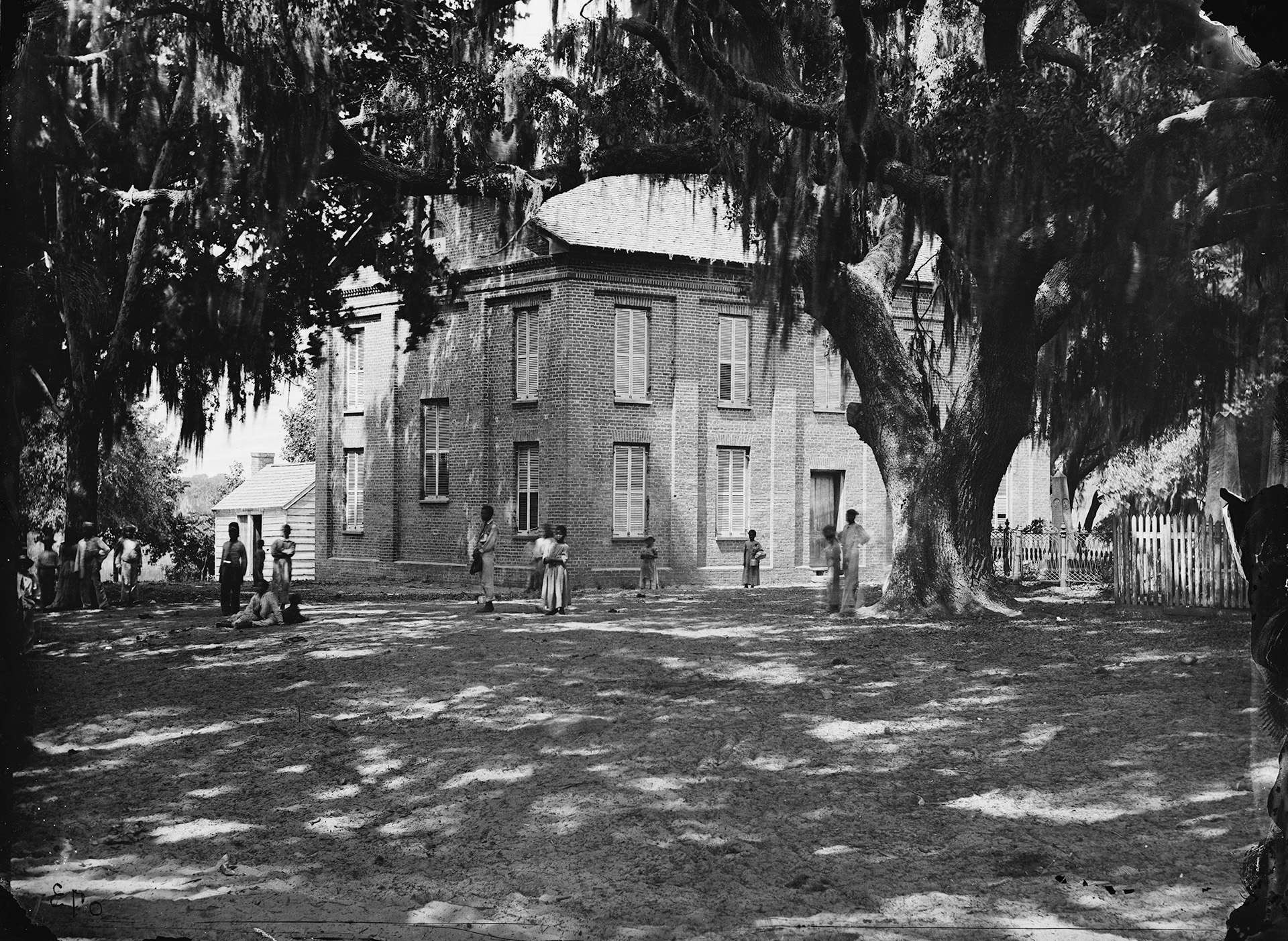
Brick Church, near Frogmore, St. Helena, South Carolina. United States. Between 1862 and 1865. Photograph. Library of Congress
Enslaved laborers helped build Brick Baptist Church on St. Helena Island in 1855 for slaveowners and their slaves to attend segregated services. After the war broke out and the whites fled, the church became home to the Penn School from 1862 to 1865. When the war was over, it would go on to be a center for education, voting, and political engagement.

App Stop
In the Free & Equal mobile app, you get to examine the Brick Baptist Church up close, even seeing the fingerprints of enslaved people who crafted the bricks for the church. You also get to relive a radical meeting lead there by black nationalist Martin R. Delaney in 1865, previewing the struggle for freedom that would continue for African Americans up through the Civil Rights Movement. Download the app and check out stop 13 for more details.

To download the mobile app visit freeandequalproject.com
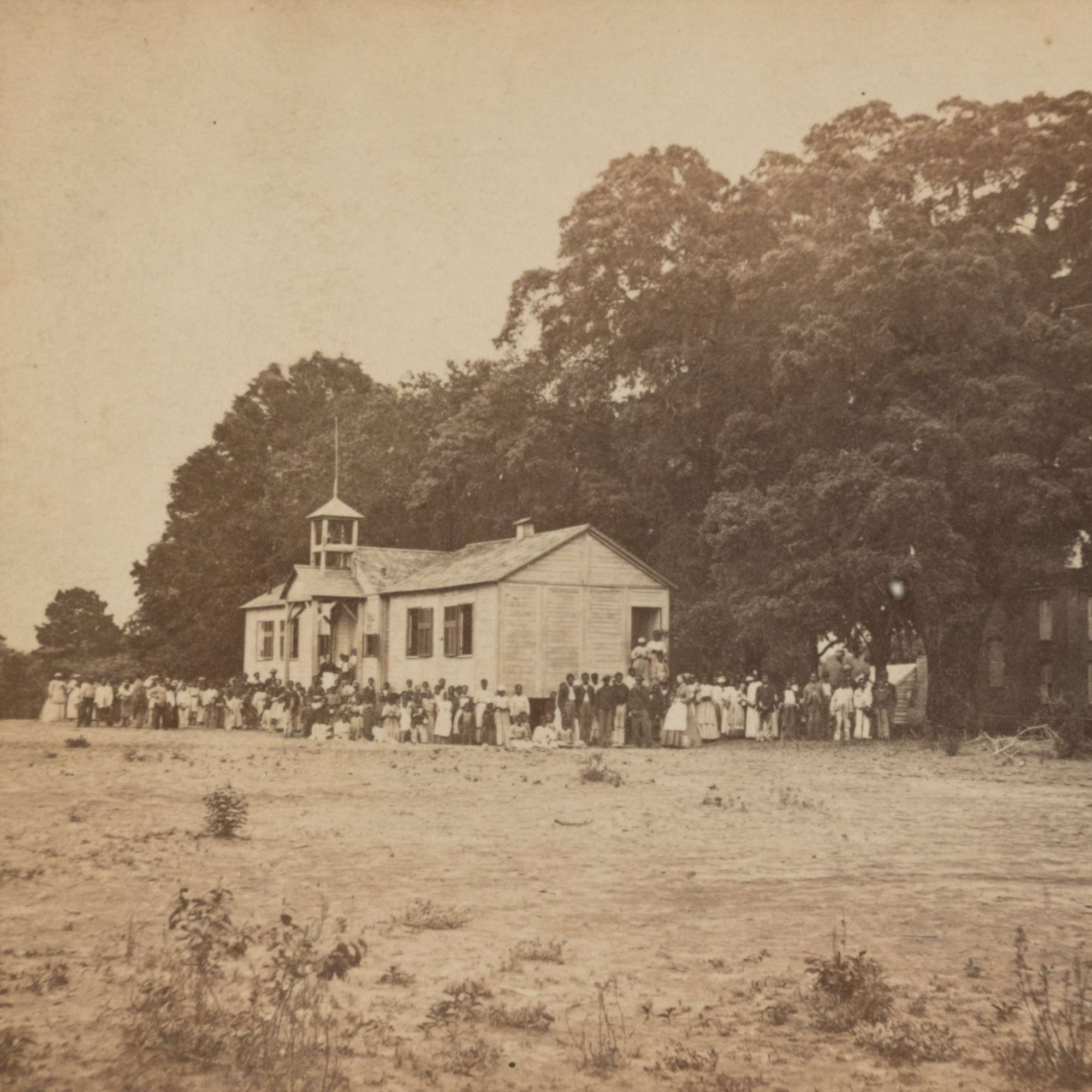
Next Chapter
Education & Politics
Liberty in the Sea Islands was built on a foundation of education and fulfilled through civic and political engagement.